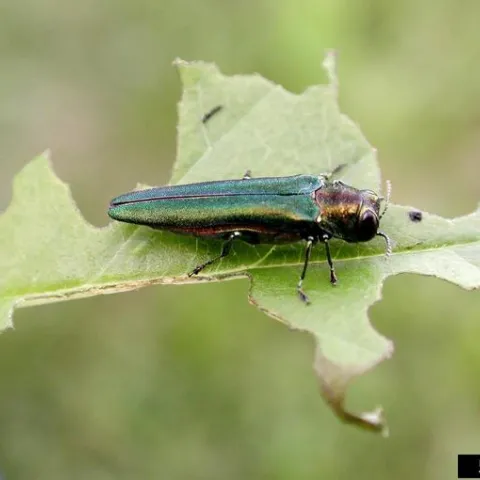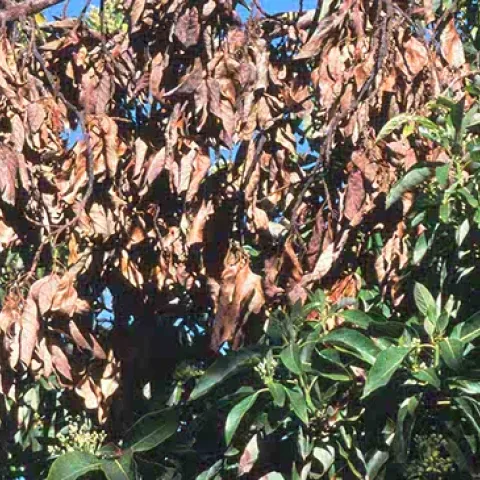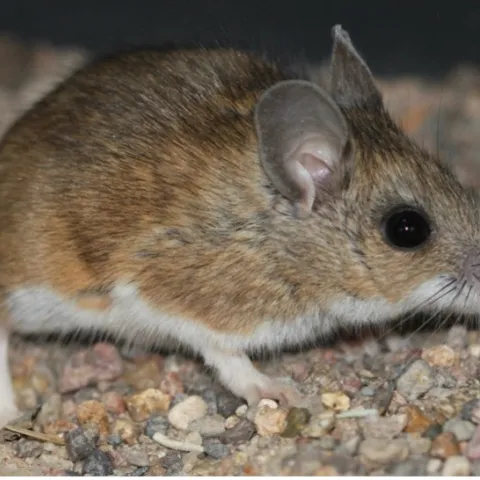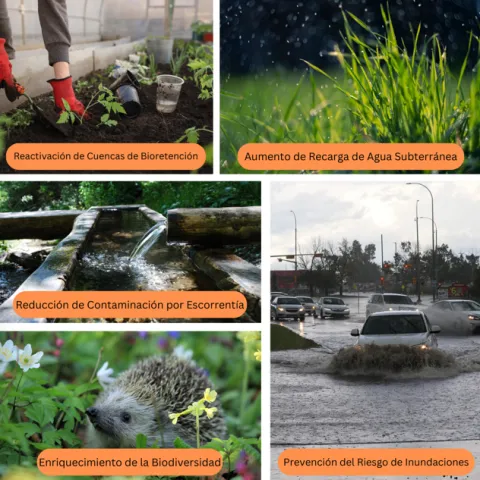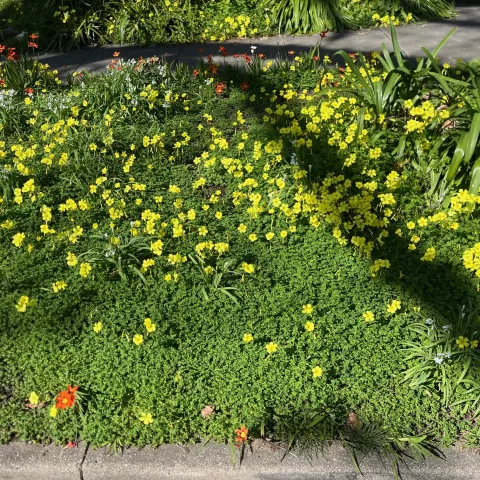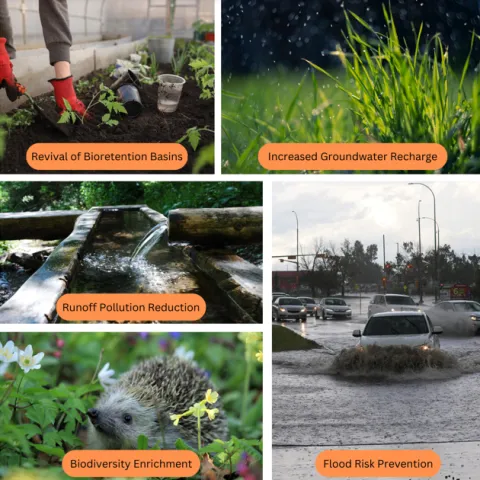Forests
UC ANR Policy Institute launched to inform policymaking, implementation
April 29, 2025
By Michael Hsu
Strengthening Drought Preparedness for Domestic Well Owners and Small Water Suppliers
April 22, 2025
By Laura E Garza Diaz, Laljeet S Sangha, Esther N Lofton
Jardines de Lluvia: Una Solución Sostenible para la Gestión de Aguas Pluviales
April 18, 2025
By Daniel Gonzalez, Esther N Lofton, Erik C Porse
La Gestión de Aguas Pluviales en el Sur de California
April 10, 2025
By Daniel Gonzalez, Esther N Lofton, Erik C Porse
Rain Gardens: A Sustainable Solution for Stormwater Management
April 10, 2025
By Daniel Gonzalez, Esther N Lofton, Erik C Porse

